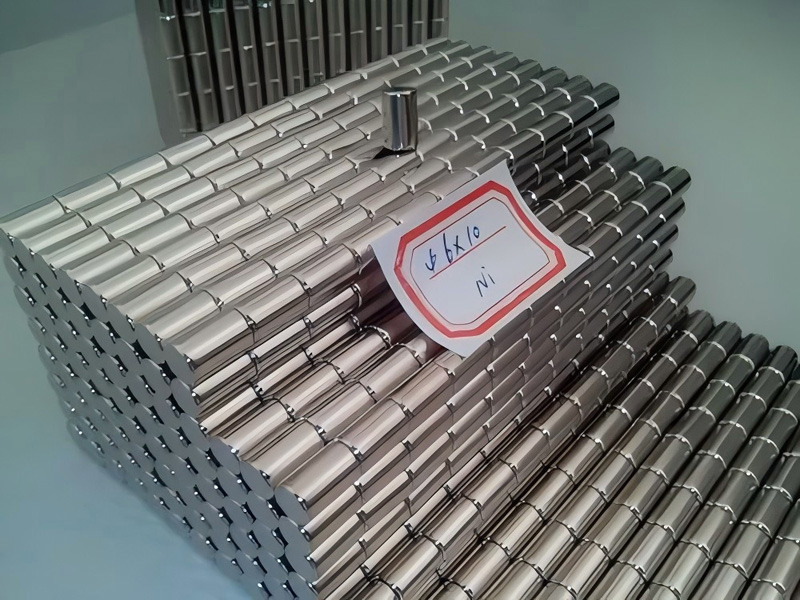Magnets have a wide range of applications in industry, science and technology and daily life, however, in practical applications will encounter a single magnet's magnetic field strength is not enough to meet the specific needs of the situation, then engineers will think of stacking magnets, this article will be around the stacking of magnets some common problems to be introduced.
Basic Principles of Stacked Magnets
The principle of stacking magnets for added strength is based primarily on the superposition effect of magnetic fields. When multiple magnets are arranged in a particular way, their magnetic fields can be superimposed, resulting in a stronger magnetic field. For example, when magnets with the same poles (e.g., two north poles) are stacked on top of each other, their magnetic fields will repel each other, resulting in no increase in magnetic field strength, and may even be weakened. This arrangement is usually not recommended for increasing magnetic field strength. When magnets with opposite poles (e.g., North Pole to South Pole) are stacked relative to each other, their magnetic fields are oriented in the same direction and can be effectively stacked. This arrangement can significantly increase magnetic field strength. For example, the magnetic field strength of two magnets stacked on top of each other is nearly twice that of a single magnet.
6mm x 10mm cylindrical rare earth neodymium magnets are shown.

Stacking 2 magnets strength is not 1 magnet twice?
The actual situation is not, assuming that we have two pieces of 10 mm diameter, thickness of 1 mm neodymium iron boron magnet, a single magnet of the magnetic field strength of 1000 gauss, stacking two magnets so that the magnetic field strength of the magnet may be in the 1800-2000 gauss, the effect of the quality of the magnet, the stacking method, the gap, the external environment, etc. Related.
What is the optimal number of stacked magnets?
In general, as the number of stacks increases, the magnetic field strength will increase, but the increase will gradually decrease, eventually reaching an equilibrium point. At this equilibrium point, the magnetic field enhancement effect from further increasing the number of magnets will become insignificant.
For example, if the application requires a magnetic field strength of 3,000 gauss and the individual magnets have a magnetic field strength of 1,000 gauss, then stacking three magnets may be the best option.
Which is the best material for stacking magnets?
NdFeB magnets have high magnetic energy product and better stacking effect. Ferrite stacking effect is not as obvious as NdFeB, but it can also enhance the magnetic field.
Examples of stacked magnet applications;
1. Magnetic adsorption devices, such as magnetic cranes and magnetic tool holders, increase suction through stacking to improve load-bearing capacity.
2. Motors and generators, such as high-efficiency permanent magnet synchronous motors, with enhanced rotor or stator magnetic field strength.
3. In scientific research, strong magnetic fields are used in particle gas pedals and nuclear magnetic resonance equipment. Stacked magnets can provide the high strength magnetic fields needed to support scientific experiments and research.
Stacking magnets is an effective way to increase the strength of the magnetic field, and significant magnetic field enhancement can be realized by reasonably selecting the type of magnet, stacking method and working environment.
Similar articles;
Stacked neodymium magnets of different grades are not very practical
 China Neodymium And Ferrite Magnets Manufacturer & Supplier
China Neodymium And Ferrite Magnets Manufacturer & Supplier 


